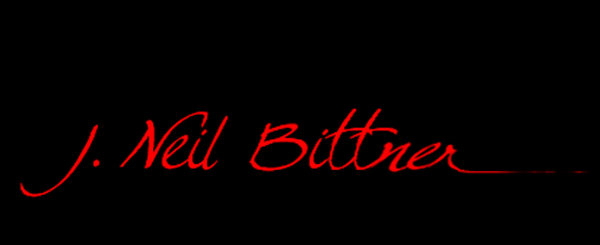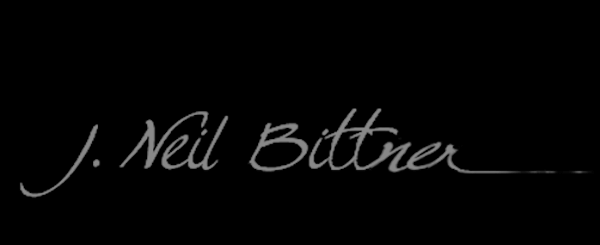MORNING LIGHT
Original Limited Edition Serigraphs
Silk Screen (Serigraphy)
The history of silk screen printing can be dated back to the Song dynasty period of around 1000 years ago in China, although the exact details are a little hazy. China and other Asian countries such as Japan took hold of the idea to use silk as a mesh, with the inclusion of block printing, and advanced the process for many years.
Due to the scarcity and expense of silk in the rest of the world though, screen printing took a while to find its feet, until more readily available silk mesh was available in the 1700s, and interest in Western Europe began to get established.
Serigraphy, ("Seri", the Latin word for silk, and the word "grapho", a Greek term meaning "to write or draw"). Serigraphy was first recognized as a fine art medium in the late 1930s. A squeegee is used to push ink through a screen onto a substrate by means of a color stencil. Each color requires a different stencil. Screen-printing is a versatile type of printing process, and is still widely used today in creating and producing high quality representations of original artwork. Serigraphy came into favor in the 1950s by those on the cutting edge of the Op Art movement. Jackson Pollack, (J. Neil learned serigraphy from Jackson Pollack’s brother), and Roy Lichtenstein also utilized serigraphy, and the process was the method of choice for Andy Warhol, whose preoccupation with it brought the medium to new levels of legitimacy.
Registration
In printmaking processes requiring more than one application of ink or other medium, the problem exists as to how to line up properly areas of an image to receive ink in each application. The most obvious example of this would be a multi-color image in which each color is applied in a separate step. The lining up of the results of each step in a multistep printmaking process is called "registration." Proper registration results in the various components of an image being in their proper place. But, for artistic reasons, improper registration is not necessarily the ruination of an image.
This can vary considerably from process to process. It generally involves placing the substrate, generally paper, in correct alignment with the printmaking element that will be supplying it with coloration.
In the past, many printmakers did not live far past 35 to 40 years of age because of their exposure to various acids, solvents, particles, and vapors inherent in the printmaking process.

